
|
|
From the Editor - June 2022
The Freedumb protesters are still making some noise in various parts of Canada, although much of the wind seems to have gone out of their sails as more and more people are simply tuning them out as annoying distractions whose irresponsible actions say far more about them than about any legitimate issues, the latter being a commodity which they evidently lack. The continuation of Putin’s disgraceful war in Ukraine, the appalling escalation of community gun violence and the growing awareness of the global climate crisis are drawing far more attention, as well they should.
The impact of this wretched virus has been greatly exacerbated by the government policies of abandoning any pretence of trying to manage the threat while also grossly under-reporting case numbers, deaths and long-term consequences from this cause. In doing so, they’ve created a climate of false security which is causing great harm and heartache among our population at large. I wish that more people would think for themselves! For now, I’m doing my best to carry on even in the face of these deeply troubling developments, although I confess to finding it to be a growing challenge. It really does help to know that my own passion for model engines is still shared by so many of my valued readers - that’s what keeps me going! Thankfully, my statistics reporting system appears to be back to normal - for a while there it was throwing up figures which I found quite impossible to believe! My IT guys have been unable to identlify any cause for the numbers concerned.
These numbers show a massive increase in site usage by comparison with February 2022, which was the last month for which seemingly legitimate figures were recorded previously. Frankly, I have trouble believing that there are that many people in the world who are sufficiently interested in model engines to visit the site and read the contents! I suspect that I'm somehow attracting a lot of visits from people who are not really model engine aficionados at all - perhaps I need to review my keywords which attract hits. For now, there it is ......... as far as the IT guys can tell, these are legitimate visitors, whatever their motivations. We'll see if this trend continues................. It thus appears that despite the now-endemic Covid-19 threat, the Ukrainian catastrophe and the ongoing societal dysfunction, a significant number of folks are clearly remaining very much engaged with our hobby. Confirmation comes from the fact that the mail box has remained quite active. I heard from quite a few of you during May, including (in no particular order) Luis Petersen, Dean Clarke, Gordon Beeby, David Burke, Peter Valicek, Miles Patience, Maris Dislers, Tim Dannels, Andrew Boddington, Dave Zwolak, Helmut Lichtenberg, Amadeus Kurz, Robert Grossman, Bob Christ, Allan Brown, Lee Hamilton, Steve Todd, Alan Strutt, Dave Hipperson, Don Imrie, Brian Hampton, Mike Conner, Hugh Blowers, David Giles, Tomas Hultgren and Neill McRae. Apologies to anyone whom I may have inadvertently missed in the crowd, and apologies also to anyone whose message(s) went unanswered - things do slip through the cracks, especially when I’m distracted! The blog site has continued to justify its existence by contributing a small but steady flow of relevant traffic - thanks for that.
An informative contact came from Steve Todd of Australia, who has already helped me so much with my article on the Elfin 149 PB replicas. Steve advised that in early 2022 a friend of his gave him an example of the ABC Zeus Elfin 149 replica which he couldn't start. Steve's friend asked him if he Like all of these engines, the piston/cylinder fit was a bit on the tight side. However, Steve persevered, fitting a new rod and trying two successive head button designs. Once sorted, the engine ran very smoothly and re-started 1st or 2nd flick when hot. Despite the fact that it was still a touch tight when Steve ran it, the engine managed 14,000 RPM on an APC 7x4 prop, with further improvement expected following some more running-in. Seems as if a glow-plug version of the Elfin might have worked out rather well for Frank Ellis! I’ve added this information to the article, with my sincere thanks to Steve. Steve's fellow Aussie Maris Dislers contacted me during May to share an interesting anecdote connected to George Court's development of the FROG 100 diesel. It seems that one of George's prototypes was stolen from the International Model Aircraft "pit area" at the 1946 Northern In my earlier article on the superb little A-S 55 diesel from Berkshire in England, I mentioned having acquired an example of the engine which had been very skilfully retro-fitted with a D-C Merlin piston/cylinder combination, raising its displacement to 0.63 cc - an A-S 63, in fact! During May I finally got around to testing it. Although the engine had evidently seen a fair bit of use and the compression seal was a touch “soft”, there was plenty of compression for easy starting and running. The modified unit turned out to perform only slightly more strongly than a standard 0.55 cc model, developing around 0.051 BHP @ 14,100 RPM. Nevertheless, it ran very well indeed, particularly around the peak. I’ve added the full test report to the A-S 55 article.
To tell the complete Pacemaker story, I need help with respect to serial numbers. The Pacemaker was sold in two distinct forms - the first having a smooth-surfaced un-ribbed sand-cast crankcase with the “Pacemaker” name cast diagonally in relief onto the bypass; and the second having a ribbed die-cast crankcase with the “Pacemaker” name cast vertically. Both castings were formed in magnesium alloy, but the die-cast cases were subjected to some form of corrosion-resistant surface treatment which made them appear considerably lighter in colour. The two are easily distinguished from one another.
Time now to look at the feature articles for this month! For the second month in a row, both feature articles deal with the same engines, albeit from different perspectives. The MEN transfer article is an updated re-draft of my earlier article on the Elfin reed valve ball-race models. This article first appeared on MEN in February 2010. The revised article is relatively little changed, but the illustrations have been enhanced in both quality and quantity.
While several of these unusual engines were the subjects of published tests during their manufacturing periods, two of the more significant members of the series were never tested back in the day, resulting in a measure of controversy surrounding their respective performances. This month’s all-new article remedies that deficiency by including my own tests of the Elfin 249 BB Mk. I and the Elfin 149 BB Mk. II. I’ve also taken the opportunity to discuss several approaches to reed replacement in these engines - a fairly common requirement. I think that the results achieved may surprise you - they certainly surprised me!!
The M.E. engines were basically conventional sports diesels which came in both 1 cc and 1.5 cc displacements. As a former user myself, I can attest to the quality of their construction as well as their ease of handling and more than adequate “sports” performance. They deserve our favourable remembrance for sure! The article will include both commentary and up-to-date test data on both models. The MEN transfer article for next month will deal with one of the more elusive classic big-bore racing engines of the late 1940’s - the Rowell 60 from Dundee, Scotland. The original text of this article appeared in May 2013 on MEN, where it may still be perused. However, site owner Ron Chernich unfortunately left us in early 2014 without sharing the access But wait - there’s more! While trolling through the pages of MEN in search of information relating to another topic of interest, I chanced upon one of many almost-forgotten gems of information which are hiding in various corners of that site. This took the form of Ron’s transcript of an article by Edward G. Ingram entitled “Hot Engine Design” which appeared in the November 1949 issue of “Model Airplane News” (MAN). Reading through the article, I found it to be a fascinating and well-reasoned summary of the state of model racing engine design theory which prevailed at the time of its original publication. I thought that it was well worth re-publishing here, with a little editing for clarity and the correction of a few erroneous figures which somehow made it into the tables attached to Ron’s transcript. Anyone interested in “classic” model racing engine design will find something of interest in the re-mounted article! I think that about does it for this edition. All being well, I'll be back to you with another edition on or about July 1st, 2022. Meanwhile, please accept my best wishes for continuing the process of learning to live with the now-endemic Covid threat and the accompanying societal dysfunction to get the best of what life has to offer under present circumstances. Take care and stay well - don’t support the anarchist “freedumb” crowd, minimize your contact with the covidiots, get vaccinated to the max, continue to exercise discretion and trust your own informed opinions rather than those of others whose focus is entirely on themselves, not on you. Ignore them, make up your own mind based on authoritative current information and act accordingly! It’s your future and that of your kids and grandkids .……….don’t let others decide it for you and for them! Cheers, Adrian ___________________________________ Note regarding material to be found on this site - unless specifically otherwise noted, all images and text which appear on this site are my own work, and I hereby assert my right to be recognized as the originator of this material. For the record, this material is made freely available to all upon two firm conditions:
Adrian C. Duncan British Columbia, Canada |
| |
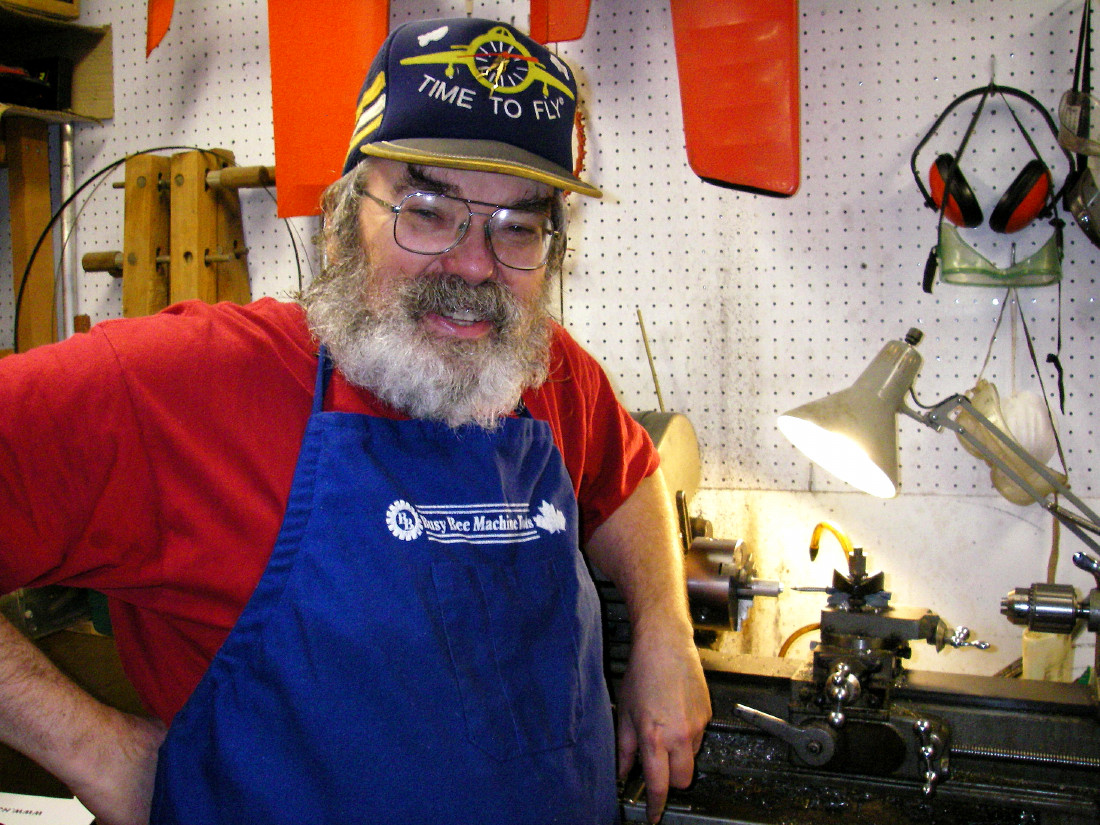 Greetings once again! Hope you’re all doing OK! Here in British Columbia on Canada’s west coast, the weather has more or less settled into somewhat soggy late Spring mode. Although temperatures in general have been a little below average for this time of year, we have been enjoying some breaks of sunny weather in between the periods of rain which keep us honest and remind us where we live! Our mountain snow-pack remains lower than ideal, raising the possibility of looming problems relating to our summer water supply and the well-being of our fish resources.
Greetings once again! Hope you’re all doing OK! Here in British Columbia on Canada’s west coast, the weather has more or less settled into somewhat soggy late Spring mode. Although temperatures in general have been a little below average for this time of year, we have been enjoying some breaks of sunny weather in between the periods of rain which keep us honest and remind us where we live! Our mountain snow-pack remains lower than ideal, raising the possibility of looming problems relating to our summer water supply and the well-being of our fish resources.  Meanwhile, the Covid scourge is continuing to make its mark upon the BC population - since the restrictions were lifted, my friends and acquaintances who believed the government hype about the pandemic being “over” and assumed that being vaccinated confers everlasting immunity as opposed to limited-term mitigation of effects have been contracting the virus in droves, and two of them are now dealing with “long Covid”, the endgame of which remains unclear. I’m still doing what I can to avoid joining them - I just got my fourth shot and am continuing to keep my head down and my mask on.
Meanwhile, the Covid scourge is continuing to make its mark upon the BC population - since the restrictions were lifted, my friends and acquaintances who believed the government hype about the pandemic being “over” and assumed that being vaccinated confers everlasting immunity as opposed to limited-term mitigation of effects have been contracting the virus in droves, and two of them are now dealing with “long Covid”, the endgame of which remains unclear. I’m still doing what I can to avoid joining them - I just got my fourth shot and am continuing to keep my head down and my mask on.  To be quite honest, I still have some trouble believing the figures that I'm seeing! The system reports that during May 2022 the site received 629,621 hits, resulting in visits from 11,135 unique individual users, who made 13,528 visits between them. During those visits they accessed 165,328 pages.
To be quite honest, I still have some trouble believing the figures that I'm seeing! The system reports that during May 2022 the site received 629,621 hits, resulting in visits from 11,135 unique individual users, who made 13,528 visits between them. During those visits they accessed 165,328 pages.  I mentioned last month that a few years back I had taken over custody of a large stash of components for the famous British
I mentioned last month that a few years back I had taken over custody of a large stash of components for the famous British 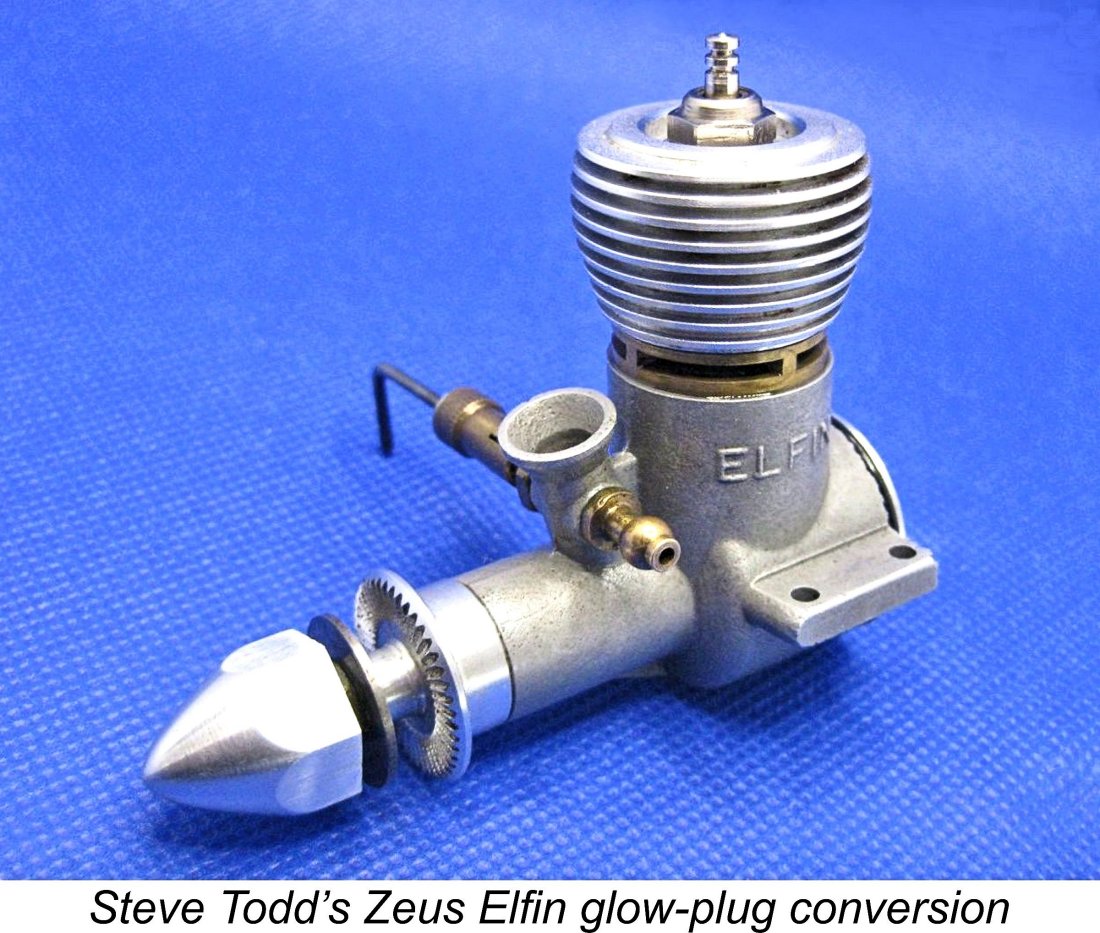 could fix it and convert it into a glow-plug model. On stripping it down, Steve found that the contra-piston was a very loose fit and there was also a massive amount of play in the conrod little end.
could fix it and convert it into a glow-plug model. On stripping it down, Steve found that the contra-piston was a very loose fit and there was also a massive amount of play in the conrod little end.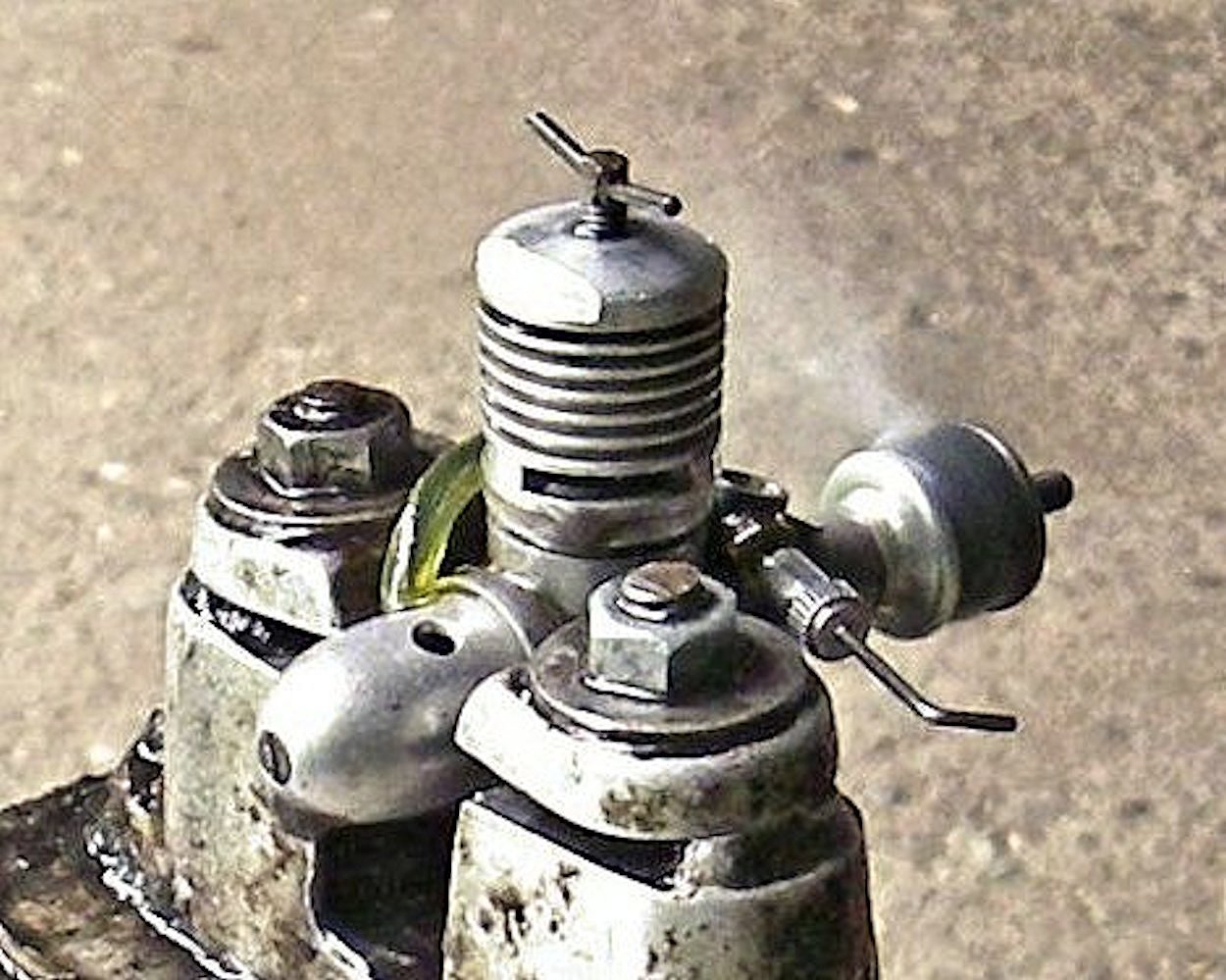
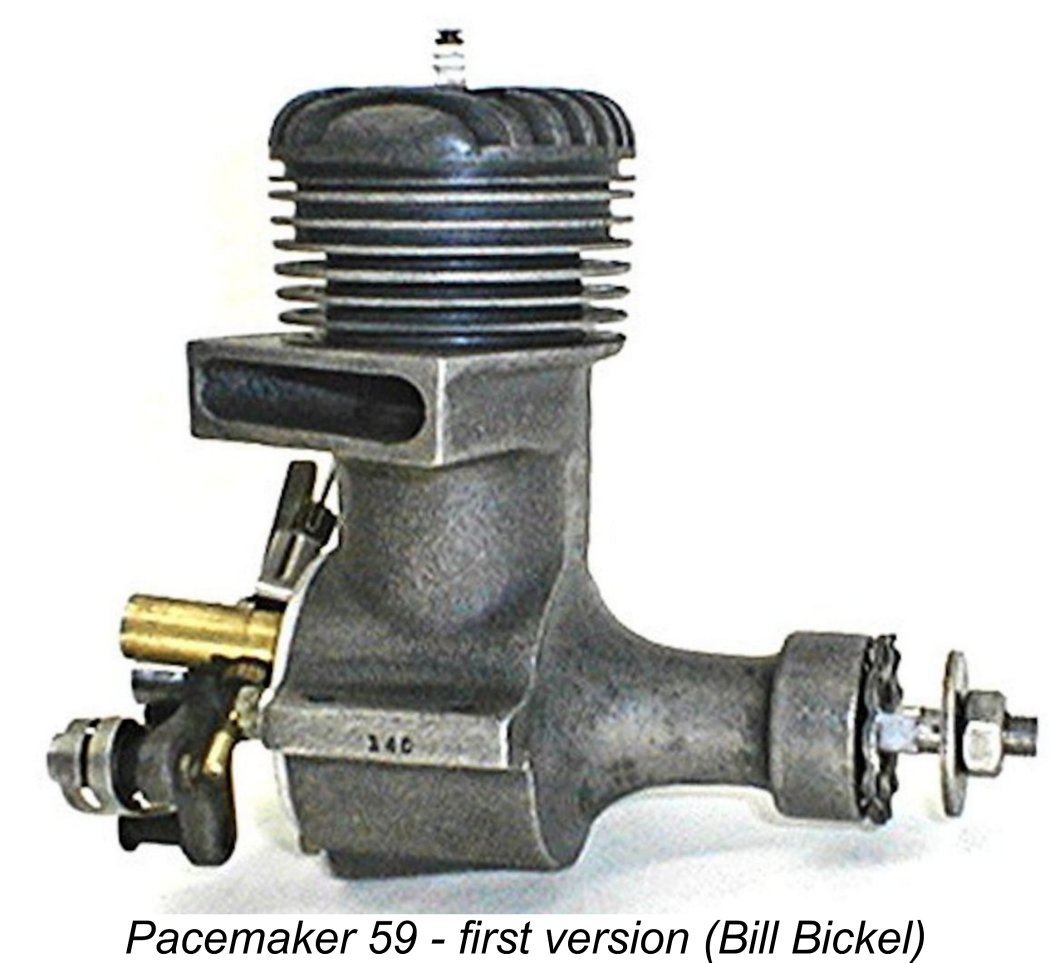
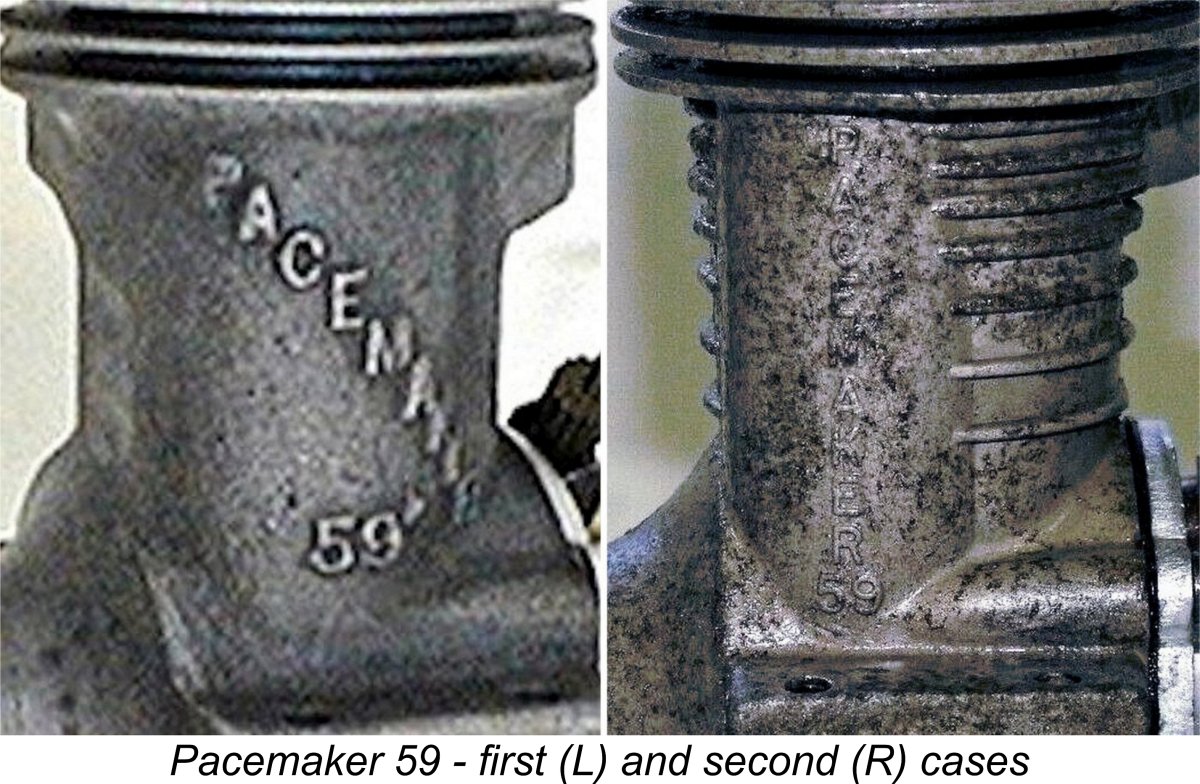 If you have one of these engines or have access to an example, the information that I need is the serial number (stamped on the outer edge of the right-hand mounting lug as seen in the above image) and the crankcase type (first or second variant as illustrated at the right). This information will help me to establish total production as well as the relative numbers of the two variants. Thanks in advance for your help! Meanwhile, I've added an
If you have one of these engines or have access to an example, the information that I need is the serial number (stamped on the outer edge of the right-hand mounting lug as seen in the above image) and the crankcase type (first or second variant as illustrated at the right). This information will help me to establish total production as well as the relative numbers of the two variants. Thanks in advance for your help! Meanwhile, I've added an 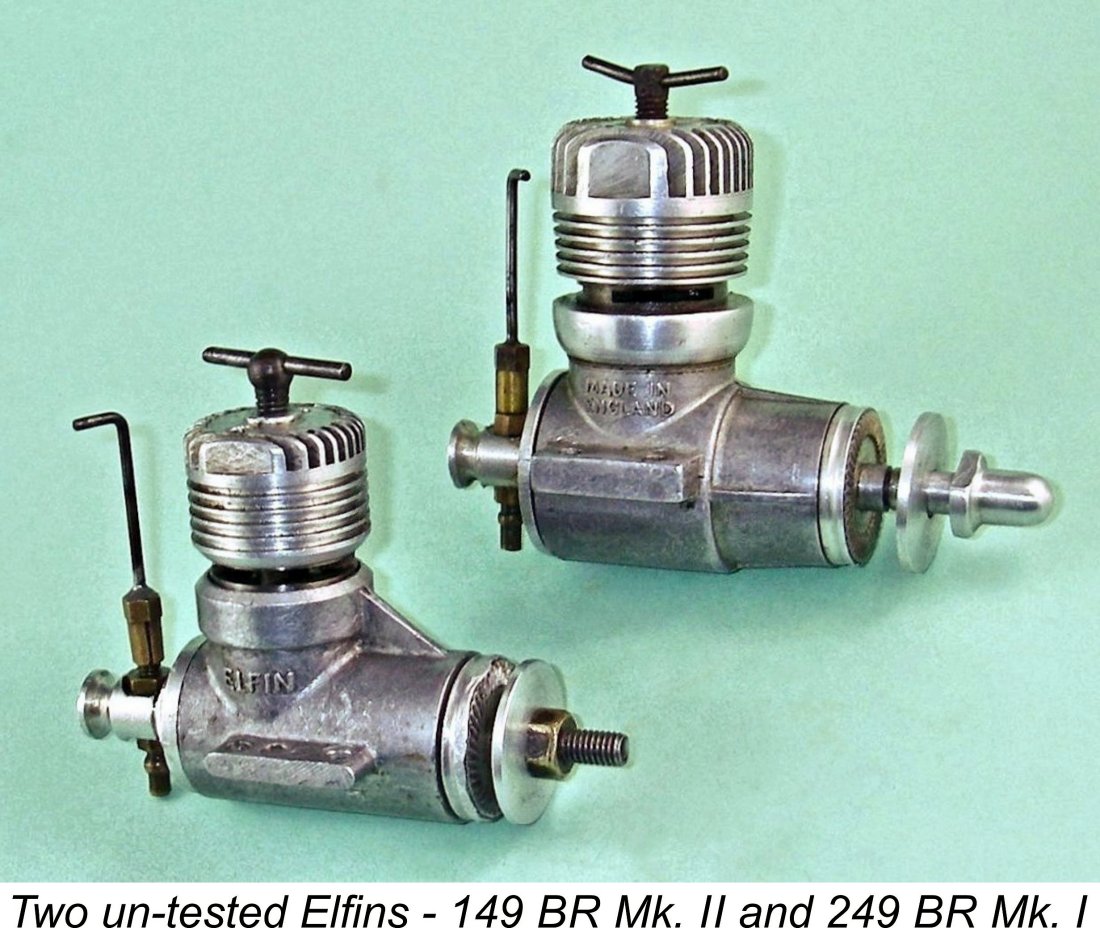 The Elfin BR models were not great successes in marketing terms. For various reasons they became viewed somewhat negatively during their relatively short production lifetimes. However, they were very interesting out-of-the-box designs which could be made to perform very well. Their main shortcoming was a certain inconsistency in terms of quality, a problem which arose chiefly because they were made using clapped-out WW2 machine tooling which the manufacturer, Aerol Engineering Ltd. of Liverpool, England, couldn’t afford to replace. Full details in the revised article!
The Elfin BR models were not great successes in marketing terms. For various reasons they became viewed somewhat negatively during their relatively short production lifetimes. However, they were very interesting out-of-the-box designs which could be made to perform very well. Their main shortcoming was a certain inconsistency in terms of quality, a problem which arose chiefly because they were made using clapped-out WW2 machine tooling which the manufacturer, Aerol Engineering Ltd. of Liverpool, England, couldn’t afford to replace. Full details in the revised article! For next month, I plan to take long-overdue action to complete my coverage of the more popular British model engine ranges. Looking over my past efforts, I’ve become aware that the only consumer-grade British model engine range of any note that I’ve never covered is the M.E. marque from the Isle of Man. Next month’s lead article will make good that deficiency - about time, I reckon!
For next month, I plan to take long-overdue action to complete my coverage of the more popular British model engine ranges. Looking over my past efforts, I’ve become aware that the only consumer-grade British model engine range of any note that I’ve never covered is the M.E. marque from the Isle of Man. Next month’s lead article will make good that deficiency - about time, I reckon! 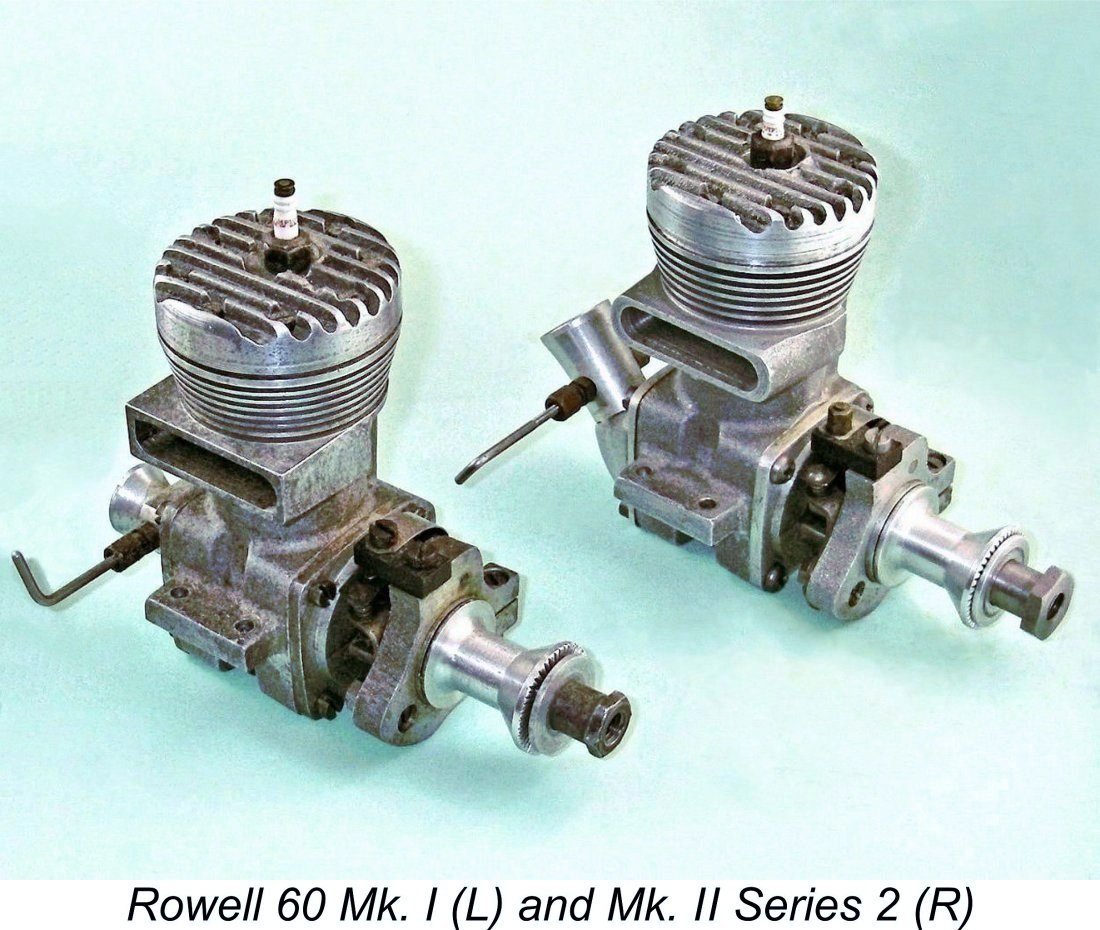 codes to his heavily-encrypted site. Since no maintenance of MEN is possible as a result, the site is very slowly but unmistakably deteriorating. I view the Rowell story as too important to risk its loss, hence its re-publication here on my own site.
codes to his heavily-encrypted site. Since no maintenance of MEN is possible as a result, the site is very slowly but unmistakably deteriorating. I view the Rowell story as too important to risk its loss, hence its re-publication here on my own site.